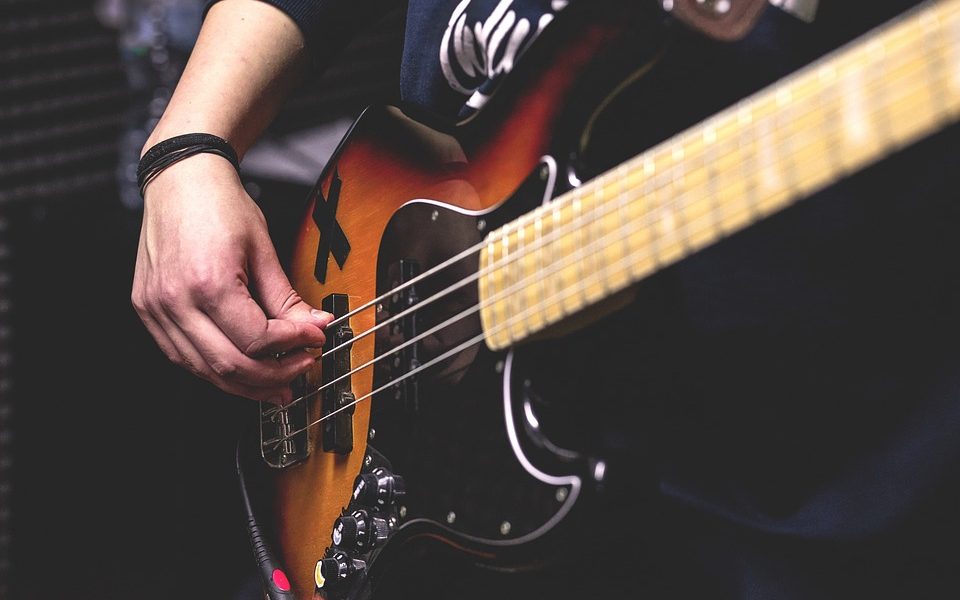Unlock the Secrets of the Fretboard: A Beginner’s Guide to Guitar
Unlock the Secrets of the Fretboard: A Beginner’s Guide to Guitar
As a beginner guitarist, the fretboard of a guitar can seem like a daunting and complex place. With so many strings, frets, and notes to memorize, it can be overwhelming to navigate and understand. However, with a little guidance and practice, you can unlock the secrets of the fretboard and become a more confident and skilled guitarist. In this article, we will provide you with a beginner’s guide to the guitar fretboard, breaking down key concepts and techniques to help you better understand and master this essential part of the instrument.
Understanding the Basics
Before diving into the intricacies of the fretboard, it’s important to have a basic understanding of the guitar itself. A standard guitar has six strings, with each string corresponding to a specific note. The strings are typically tuned to E, A, D, G, B, and E, from lowest to highest pitch. The fretboard is the long, thin piece of wood that runs along the neck of the guitar, with metal frets that divide it into different sections. By pressing down on the strings at different frets, you can change the pitch of the notes produced, allowing you to play various chords, scales, and melodies.
Learning the Notes
One of the first steps to unlocking the secrets of the fretboard is to learn the notes of the guitar. Each fret represents a different note, with the open strings serving as the starting point for each string’s notes. By memorizing the names of the notes on each string, you can better understand how to play different chords and scales on the guitar. It’s also helpful to learn the names of the notes on the musical staff, as this will aid you in reading sheet music and understanding music theory.
Mastering Chords and Scales
Chords and scales are two fundamental building blocks of music and are essential for any guitarist to master. Chords are a group of three or more notes played together, creating a harmonious sound. There are hundreds of different chords you can play on the guitar, ranging from basic major and minor chords to more complex jazz and blues chords. Scales, on the other hand, are a series of notes played in a specific order, often used for improvisation and soloing. By learning and practicing different chords and scales on the fretboard, you can enhance your playing ability and expand your musical repertoire.
Navigating the Fretboard
Navigating the fretboard can be challenging for beginner guitarists, but with practice and patience, you can become more comfortable moving around the neck of the guitar. One helpful technique is to use visual cues, such as markers on the fretboard or dots on the side of the neck, to orient yourself and find your place on the instrument. You can also use memorization tactics, such as learning patterns and shapes on the fretboard, to quickly locate specific notes and chords. As you become more familiar with the fretboard, you will develop a better sense of how to move fluidly between different positions and play more smoothly and confidently.
Expanding Your Knowledge
Once you have mastered the basics of the fretboard, it’s important to continue expanding your knowledge and skills as a guitarist. Experiment with different playing techniques, such as fingerpicking, strumming, and tapping, to develop your own unique style and sound. Practice playing along with backing tracks or jamming with other musicians to improve your timing and improvisation skills. Take advantage of resources such as online tutorials, books, and classes to continue learning and growing as a guitarist. By staying curious and committed to your craft, you can unlock even more secrets of the fretboard and become a truly accomplished musician.
Conclusion
Unlocking the secrets of the fretboard is a rewarding and challenging journey for any guitarist, but with dedication and persistence, you can achieve a deeper understanding and mastery of this essential part of the instrument. By learning the basics, mastering chords and scales, navigating the fretboard, and expanding your knowledge, you can become a more confident and skilled guitarist. Remember to practice regularly, seek feedback and guidance from experienced players, and never stop exploring new techniques and styles. With time and effort, you can unlock the full potential of the guitar fretboard and take your playing to new heights.






